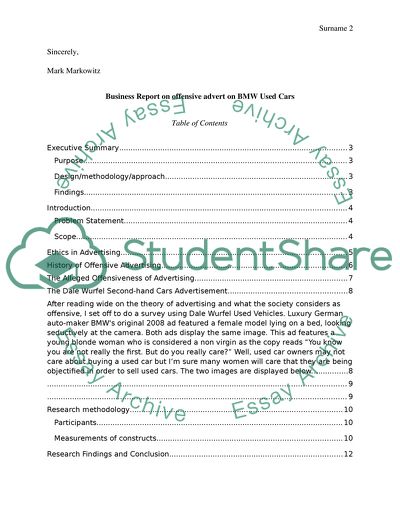Cite this document
(“Offensive Ad Essay Example | Topics and Well Written Essays - 2000 words”, n.d.)
Offensive Ad Essay Example | Topics and Well Written Essays - 2000 words. Retrieved from https://studentshare.org/marketing/1583402-offensive-ad
Offensive Ad Essay Example | Topics and Well Written Essays - 2000 words. Retrieved from https://studentshare.org/marketing/1583402-offensive-ad
(Offensive Ad Essay Example | Topics and Well Written Essays - 2000 Words)
Offensive Ad Essay Example | Topics and Well Written Essays - 2000 Words. https://studentshare.org/marketing/1583402-offensive-ad.
Offensive Ad Essay Example | Topics and Well Written Essays - 2000 Words. https://studentshare.org/marketing/1583402-offensive-ad.
“Offensive Ad Essay Example | Topics and Well Written Essays - 2000 Words”, n.d. https://studentshare.org/marketing/1583402-offensive-ad.


